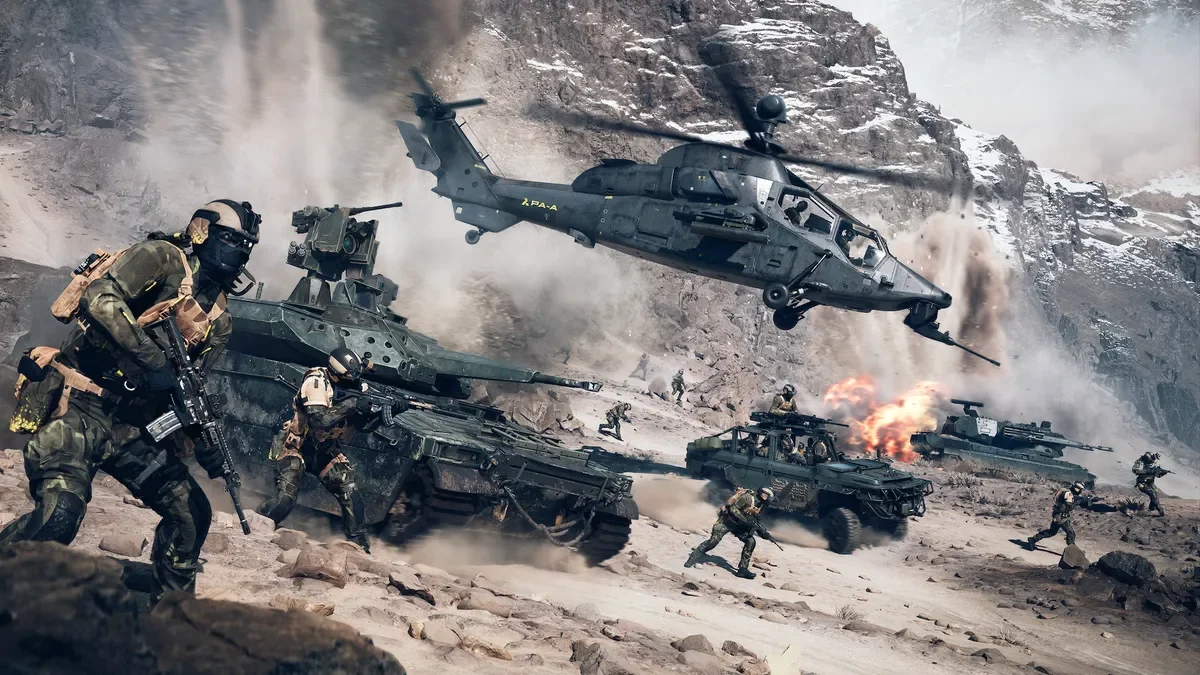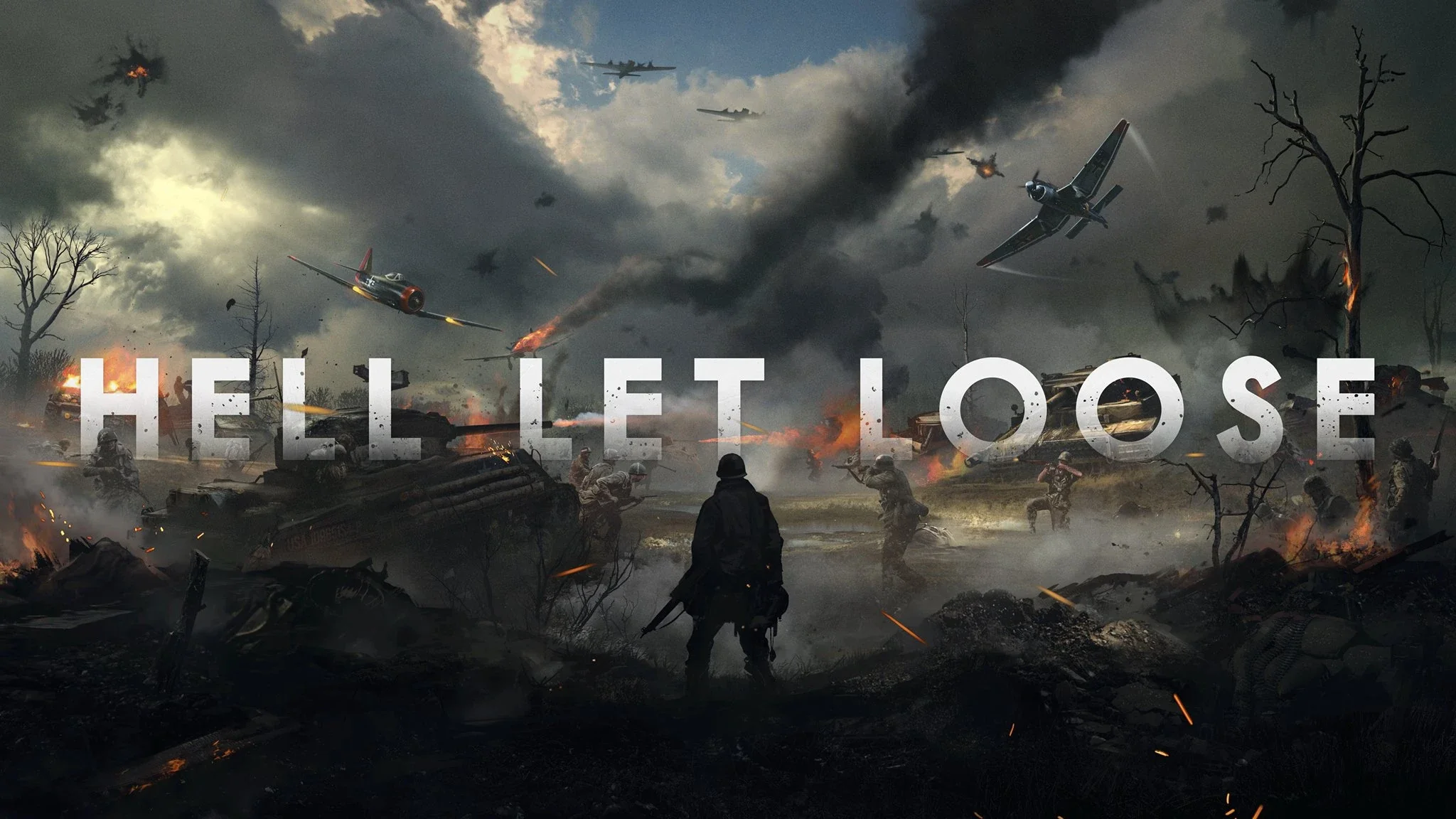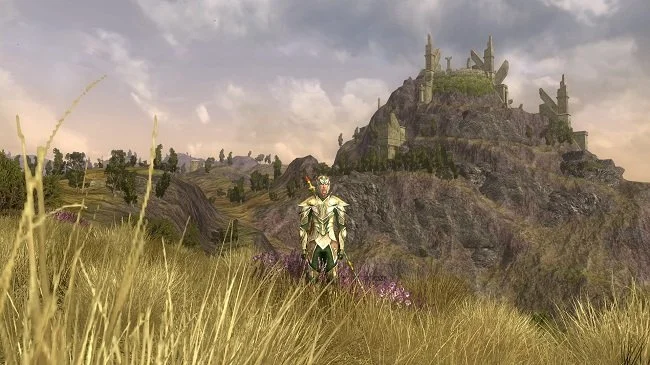The Hunter: Call of the Wild
I have always dismissed hunting games as “not my thing”. Perhaps that stems from my ambivalent views about hunting per se. Yet after recently watching a YouTube video for The Hunter: Call of the Wild, I revised my opinion. The footage showed a slow and thoughtful game and I was also surprised to see that there was a campaign with a story. Hence I decided to step outside of my comfort zone and give the game a try. The base edition can be purchased for £20 on Steam and there is a wealth of optional DLC. I bought a bundle that included some additional maps, weapons packs and a dog that can be used for tracking. I also bought a quad bike as this is invaluable for traversing the open world, which is enormous. As ever with steam, the installation was easy and hassle free and within an hour I found myself exploring Layton Lake District, which is based upon the Pacific Northwest geographic region.
The Hunter: Call of the Wild was released in 2017, yet has been continuously supported by developers Expansive Worlds since then. Over the last five years the game has received new content and had its systems revised. The last patch was 14th March this year and it appears that there is a robust community of players. The game, much to my surprise, supports multiplayer gameplay and does something most unusual in so far as you can play on maps you don’t own while in co-op mode. This “try before you buy” approach is most equitable. Furthermore, the DLC seems to be functional and doesn’t fall into the “pay to win” category. There are cosmetic skins, weapons packs and most significantly, new maps featuring locations from all over the world. The prices are reasonable, although if you do decide to be a completionist and buy everything, you will end up spending an additional £115 on top of the base game.
Upon starting The Hunter: Call of the Wild, the player finds themselves on a jetty in the Layton Lake District, armed with an entry level rifle, revolver and shotgun. The tutorial (more on this later) and story is supplied via the Huntermate handheld device. This is a cross between a GPS tracker and a cell phone. You receive updates, missions and back story details via the reserve warden Colton “Doc” Locke. The Huntermate can display details of tracks, droppings and blood trails. It is also a means of taking screen captures in-game as it has a photo mode. From here the game quickly has you learning the basics of tracking, using lookout points which open up locations of note on the map and finding outposts. The latter are bases where the player can purchase resources, change their loadout, access their dog and quad bike, if purchased. Outposts also facilitate quick travel.
Hunting games are by their very nature, stealth games and The Hunter: Call of the Wild is no exception. This is a genre where it is beneficial to take a slow and methodical approach. Tracking is simple in principle but far trickier in reality. The player has to keep their noise level down (this is tracked by an in-game meter) and be aware of the wind direction as their scent can give their presence away (again there is a HUD display for this). Lures can be used to attract animals and the optional dog is great for tracking wildlife. Animals are also subject to a night and day cycle. There are also specific locations to be found where wildlife graze and drink water. All these factors come to bear when hunting. Due to the expansive open world, the quad bike is invaluable, although it is also noisy so has to be abandoned when you get near your quarry.
Talking of noise, sound design is an integral part of The Hunter: Call of the Wild. The ambient sounds are both atmospheric and functional. Footsteps alter depending upon where you walk and what you walk upon. Animal sounds can alert you to their presence but conversely, they may also tip you off when they have detected you. Wind, rain and moving water all contribute to the overall environmental atmosphere. At night, the sound design becomes positively alarming at times, utilising animal sounds that you may not immediately expect from such creatures as deers and rabbits. The game uses ambient music sparingly but each map does have its own bespoke theme which is appropriate. There is also support for Dolby Atmos and it showcases all the aforementioned attributes well. Sound is so often the one aspect of game design that gamers are inattentive of, turning it down or even off.
When it comes to actually shooting an animal, the game offers a similar amount of complexity to tracking. An appropriate calibre firearm has to be selected depending on the prey. Ammunition also is a key factor offering improved accuracy or penetration. Lying prone stabilises your shot but sway is still a factor, so the game uses a “hold your breath” mechanic found in most FPS games. However, perhaps the most important skill is choosing where to aim for a “quick, clean kill”. This requires the player to learn about animal anatomy and how shots to vital organs are the most desirable. Be warned, most of your initial kills will not be instantaneous and will require the player to track a blood trail to find their deceased target. Animals that you have successfully killed can be examined to determine where the bullets penetrated and what damage they did. There’s even a posthumous x-ray mode.
Now some may find all of this distasteful but I would point out that a game such as Sniper Elite does all the above but the target of choice are people, so I am not going to debate the morality of this particular game here. So far, The Hunter: Call of the Wild has proven absorbing, leisurely and at times quite impressive in the scope of its virtual world. I was pleasantly surprised by the narrative campaign and love my dog, which has skills that you can level up. The game is mainly in first person but can optionally switch to third when riding on a quad bike. Sadly, the tutorial is woefully lacking, leaving you dependent on internet searches. Also running and walking seem a little off and akin to wading through molasses. But these quibbles aside, the game’s greatest appeal is its pacing, which eschews the boisterous nature of so many other genres. The Hunter: Call of the Wild rewards the player who wants to take their time and consider their plan of action.




























